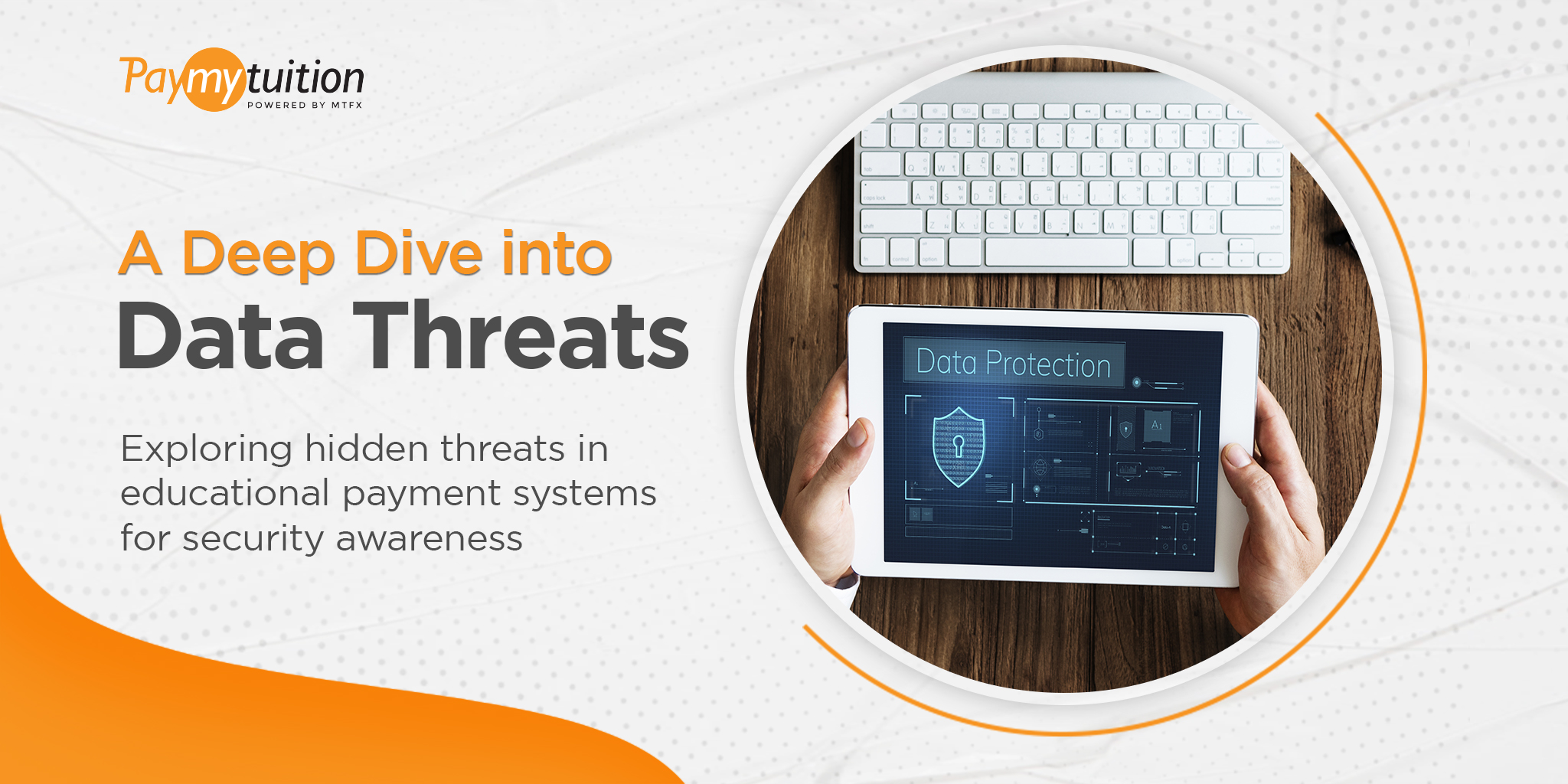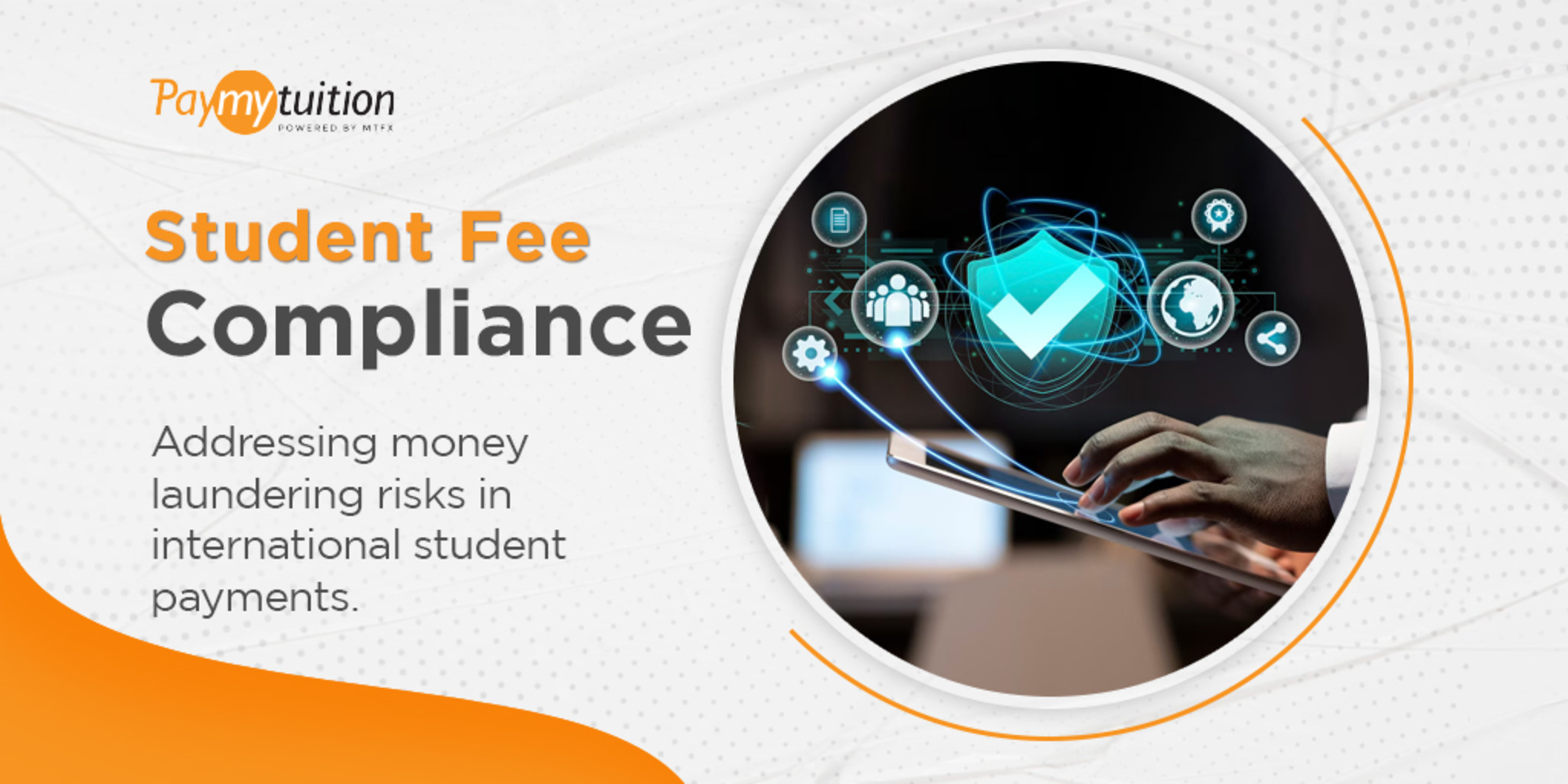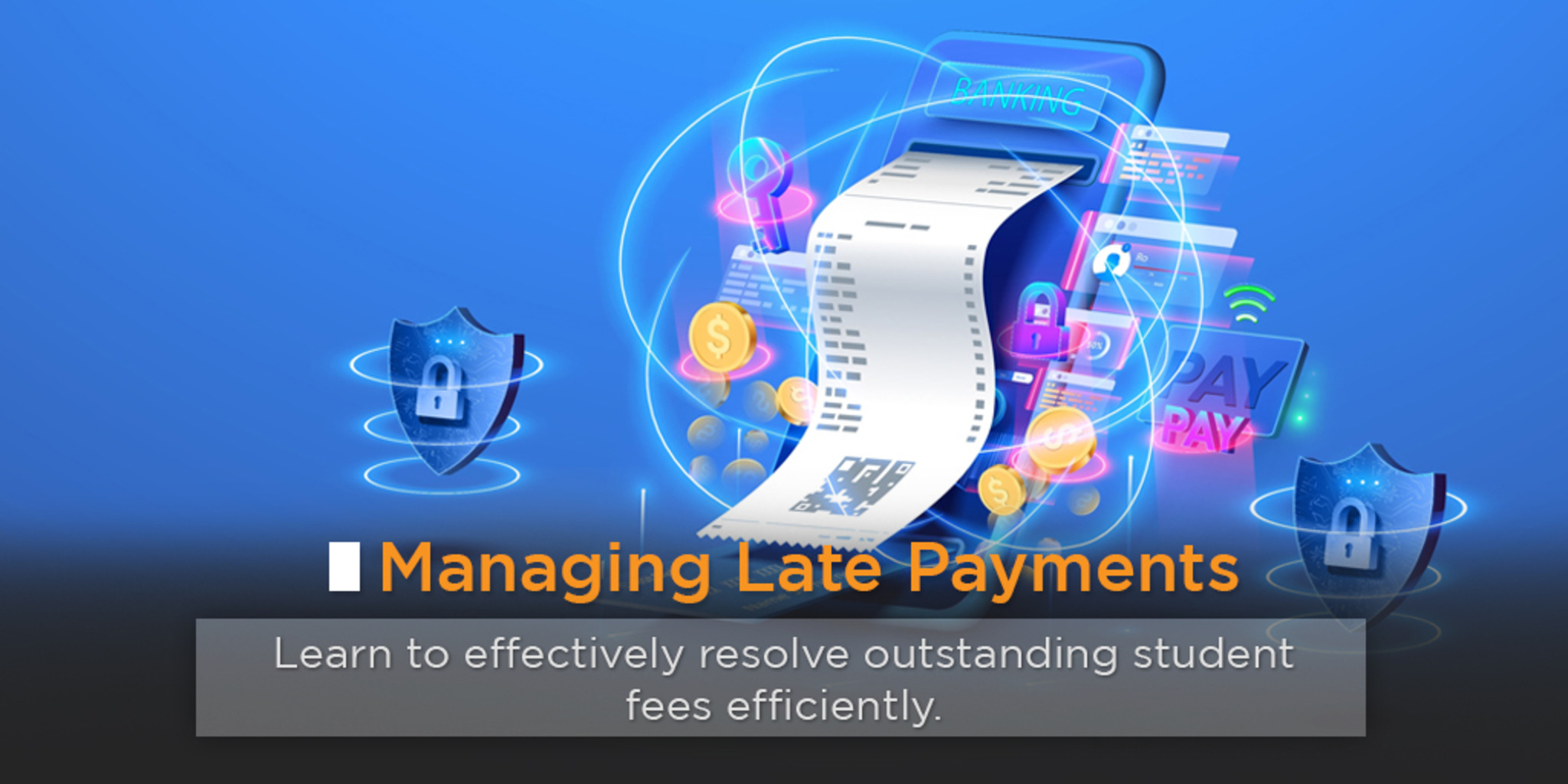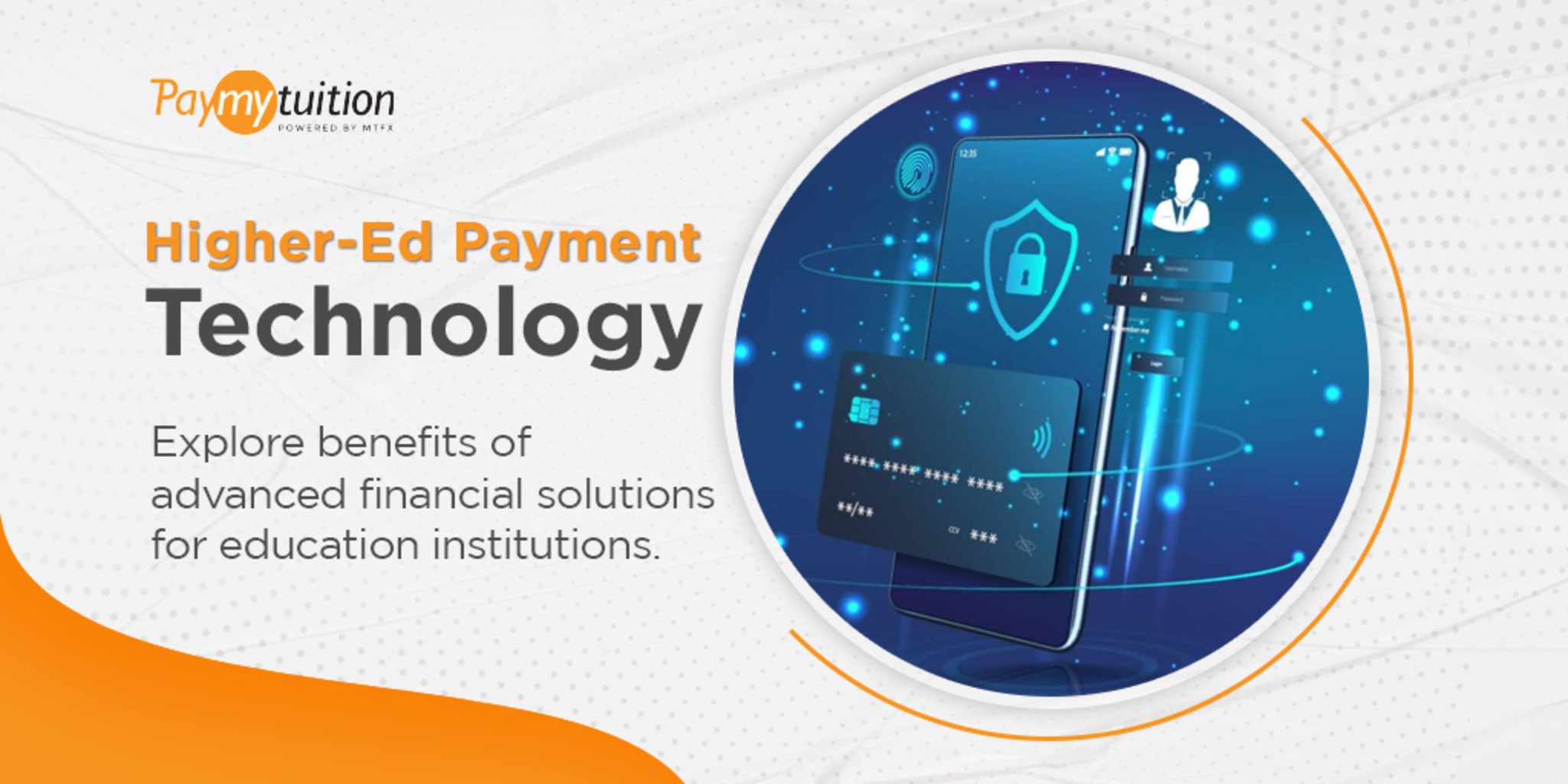The Hidden Dangers: Exploring Data Threats in Educational Payment Systems

In the era of digital advancement, cyberattacks have become prevalent in payment systems, and the education sector finds itself prominently targeted by cybercriminals and hackers. Unfortunately, education falls within the category of industries facing a higher frequency of online intrusions in their transaction processing networks, alongside retail, finance, and healthcare.
Technology companies and solutions are stepping up to assist educational institutions in this endeavor. By implementing robust, secure payment solutions, these organizations can operate seamlessly, mitigating the risk of data breaches. This enhancement in security not only bolsters the institution’s credibility and trustworthiness but also fosters confidence among students and staff, thereby strengthening the institution's standing.
Why Educational Payment Systems are Prone to Cybercriminal Targets?
Educational institutes and colleges that suffer data breaches and cyber incidents risk exposing the sensitive personal information of students and staff without authorization. In 2023, the average cost of a data breach in the higher education and training sector reached approximately $3.7 million, according to IBM's annual analysis.
Educational institutions are particularly vulnerable to cyber threats due to the large volume of sensitive data they handle, including personal details, student loan information, and confidential research data. This heightened risk often stems from a lack of secure payment systems capable of thwarting unauthorized access and ensuring regular efficiency testing. The need for such advanced security measures is critical to protect educational organizations from potential cyber threats.
Personal Data Exposure
From local primary schools to globally renowned higher education establishments, educational entities possess comprehensive data of enrolled students. This data includes personally identifiable information such as full names, addresses, email addresses, phone numbers, academic performance, credit card details, social security numbers, and student loan information.
Due to the significant volume of such sensitive records, higher education systems become prime targets for cybercriminals looking for easy access to vast amounts of personal data. To combat this, it's essential for these institutions to adopt advanced security measures. Implementing solutions with bank-level security and robust application firewalls is crucial to deter various cyber threats, including phishing and ransomware attacks, thereby safeguarding the personal information of students and staff.
Valuable Data
Educational payment ecosystem contains sensitive financial details of the organization, ranging from payroll information and budget allocations to employee salaries and student tuition records. Hackers, armed with this information, can exploit it in various ways, engaging in identity theft, and targeting employees and students for fraudulent activities. Moreover, the compromise of budgetary information can lead to financial fraud or embezzlement, impacting the fiscal integrity of educational institutions.
Recognizing the seriousness of these threats, it is crucial for educational entities to reinforce their payment systems. Implementing robust cybersecurity measures and cultivating a culture of vigilance are key steps in protecting the financial health of educational organizations and everyone associated with them. This includes ensuring data security against a range of cyber threats to maintain the confidentiality and integrity of sensitive financial information.
No Cybersecurity in Payment Systems and Skilled Experts
It is essential to have integrated cybersecurity measures in your payment ecosystem, but many educational systems lack the resources and skillsets to meet their needs. Therefore, organizations seek secure and trustworthy payment solutions to handle this aspect for them.
The adoption of a safe and efficient payment system is essential to protect institutions from various threats. By incorporating advanced technology and regular infrastructure updates, these systems can significantly reduce the risk of security breaches. Enhanced security protocols are crucial in educational environments, ensuring both the safety and efficiency of the financial network and safeguarding sensitive financial data.
How to Deal with Payment Security Risks in Higher Education?
Managing security risks is crucial, and there are effective strategies to ensure a robust financial system. Consider adopting the following practices to enhance your financial security:
Perform Risk Assessment and Identification
The first step is to conduct a thorough assessment and identification of potential risks within the financial system. Collaborating with cybersecurity experts or firms that specialize in digital security can be beneficial. They can work closely with educational institutions to analyze vulnerabilities and develop tailored solutions to address specific security challenges, thereby helping to create a secure financial environment for both students and staff.
Digitize Student Financial Processes
One of the most effective ways to reduce the risk of cyberattacks is by digitizing student financial processes. Adopting digital solutions can streamline financial transactions and reduce the vulnerabilities associated with manual processes. Look for systems that offer a seamless digital experience, including features like an all-in-one dashboard, real-time validation of student information, and automated processes. Utilizing risk-based methodologies can also help in safeguarding institutions from suspicious and illicit activities.
Regular Security Audits and Compliance Checks
Conducting regular security audits and Anti-Money Laundering (AML) reviews is critical. Institutions should seek services that provide continuous monitoring and assessment to deliver real-time insights into payment security. Ensuring compliance with industry standards and regulations is key in preparing educational institutions against potential cyber threats. Regular audits and checks help in identifying any gaps in security and ensuring that the financial systems are up to date with the latest security measures.
Takeaway
In the digital era, safeguarding the financial networks of educational institutions against cyber risks is critical, with a focus on securing sensitive data in a user-friendly manner.
Technology solutions, similar to those provided by companies like PayMyTuition, are key to achieving this balance. They offer essential tools and expertise to protect against cyber threats, ensuring a secure and efficient educational environment.
Contact PayMyTuition to learn how you can ensure the security of your data without complicating the system for both staff and students.
Recent Posts

Elevating the Student Experience with PayMyTuition’s Student Manager

Money-Laundering and International Student Fees: Challenges You Need to Know

Understanding Past-Due Accounts: Proven Strategies for Effective Management


